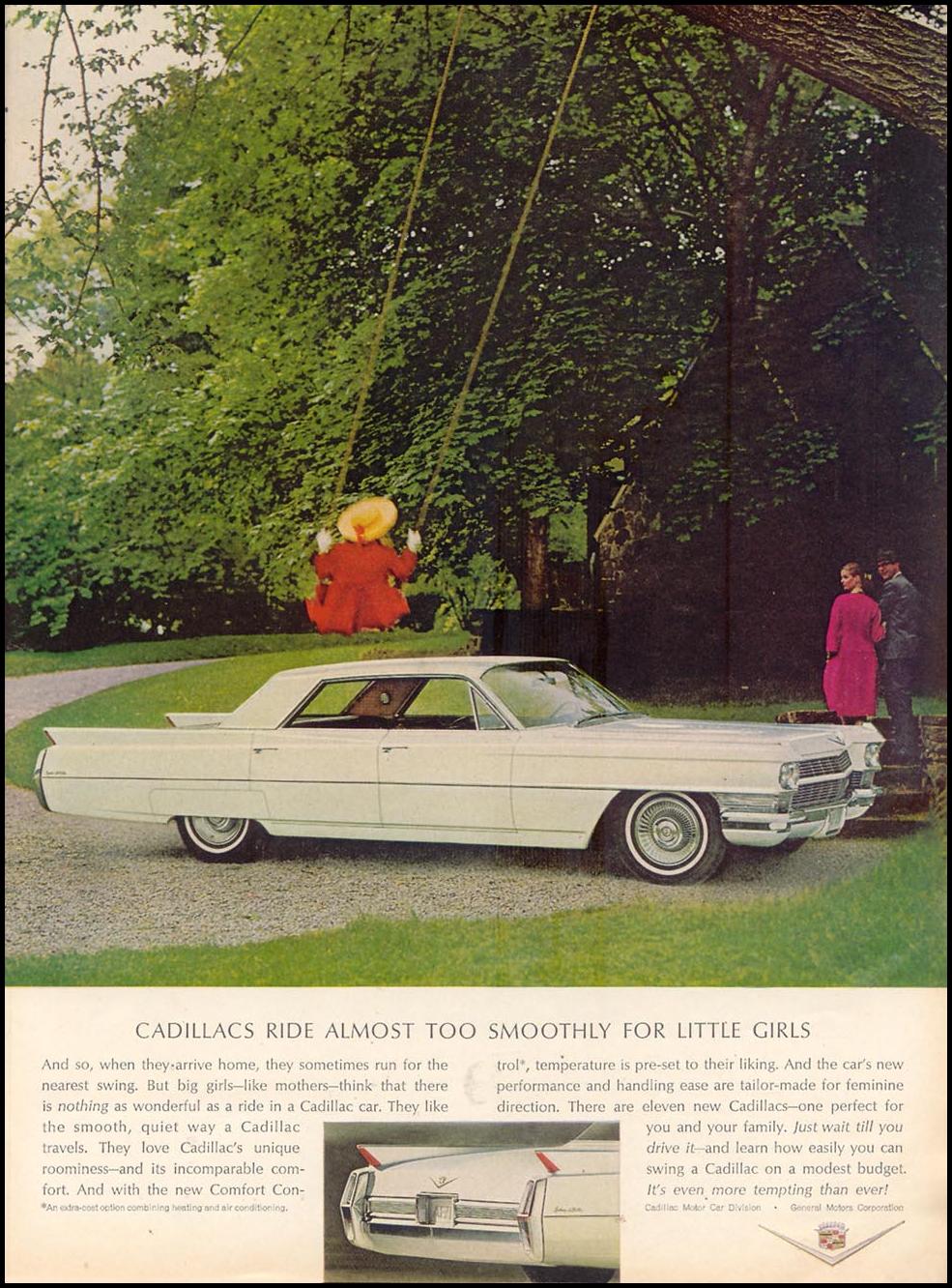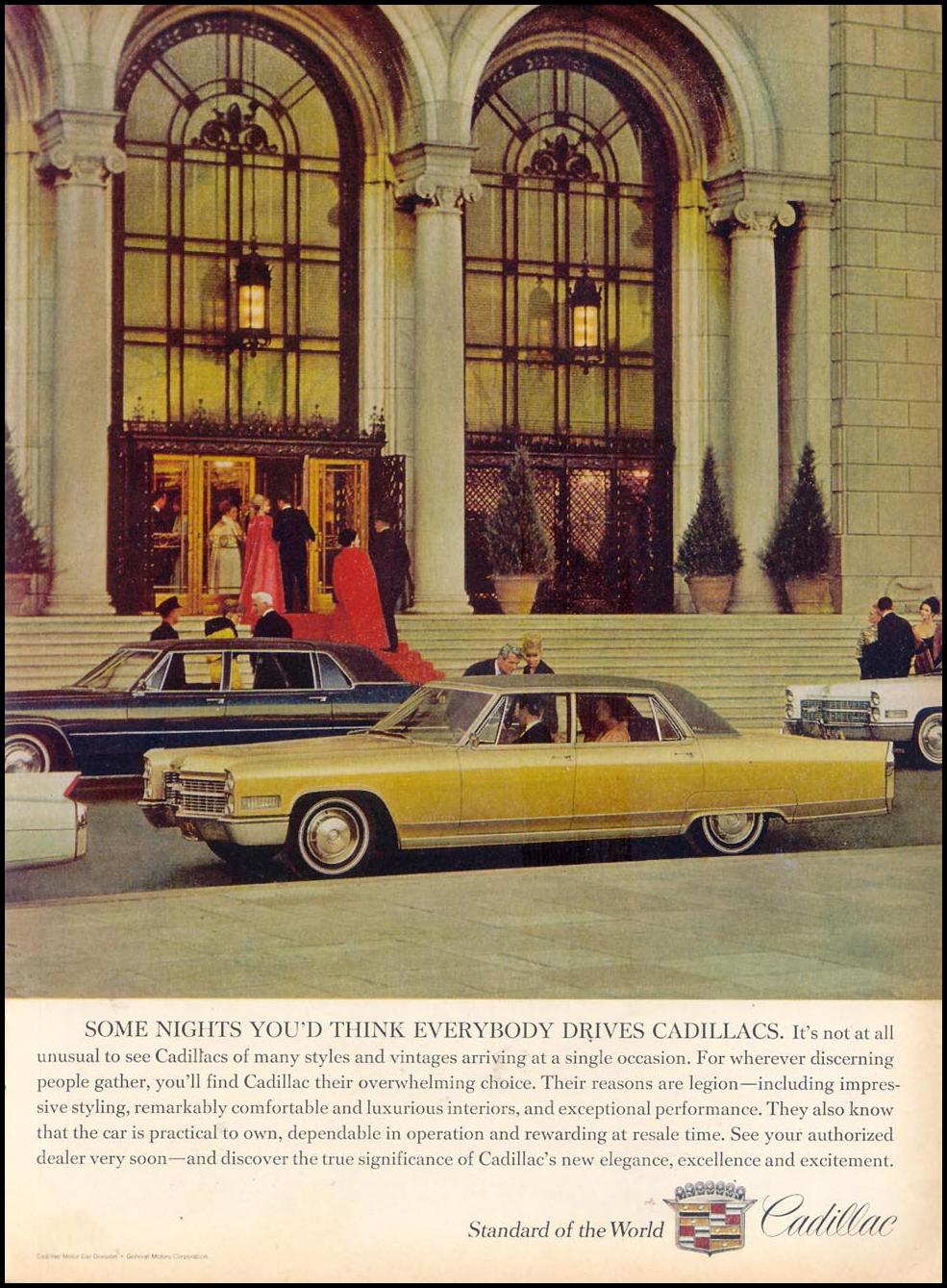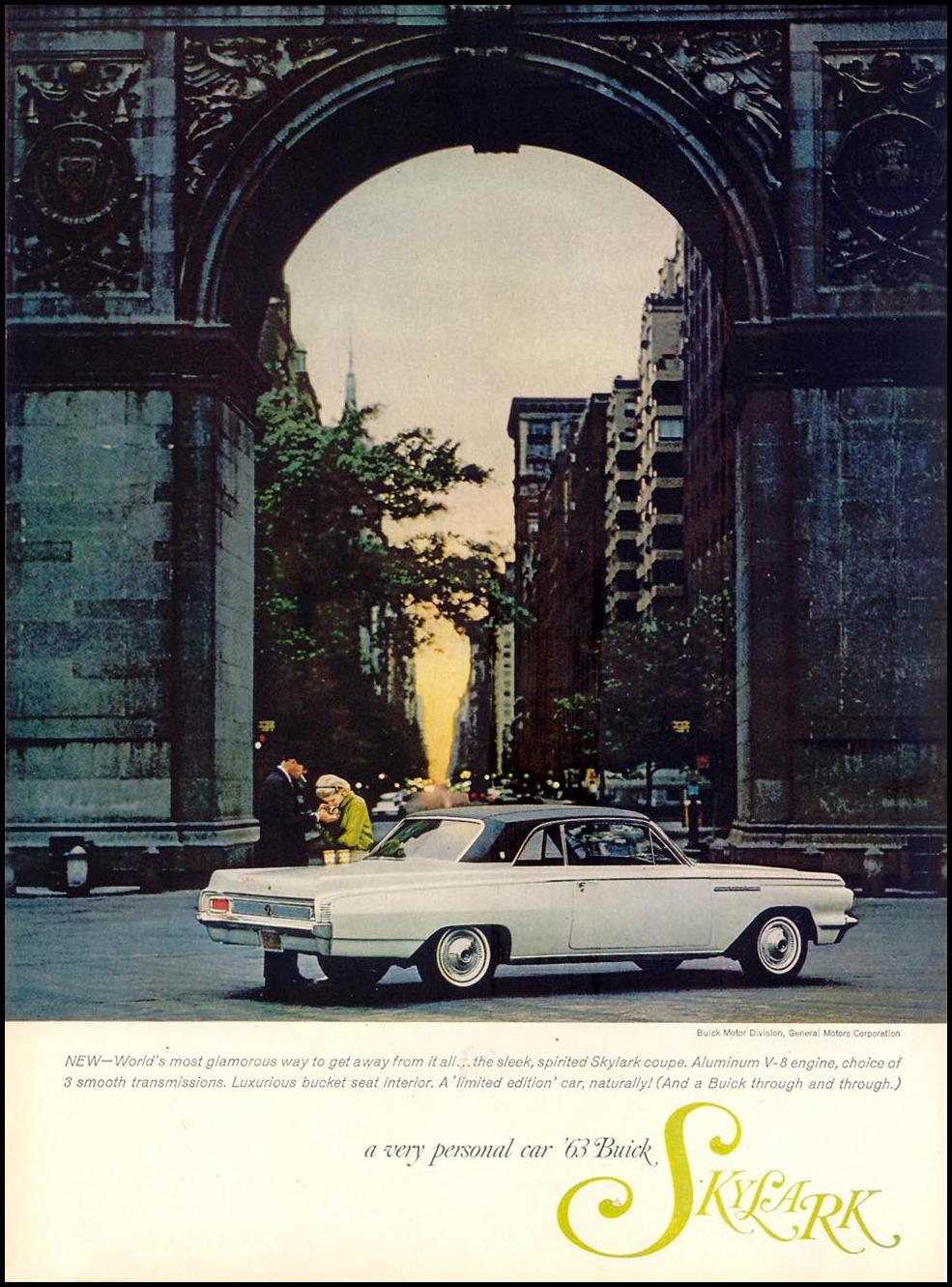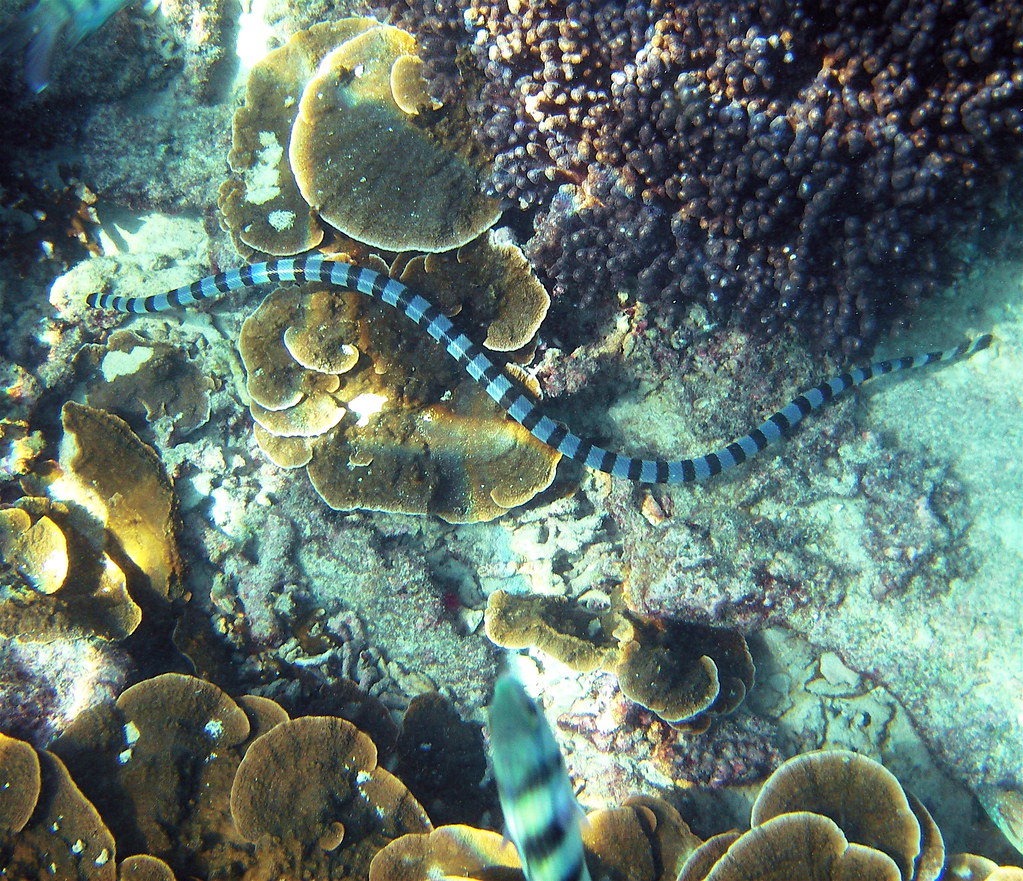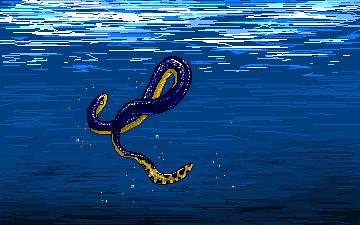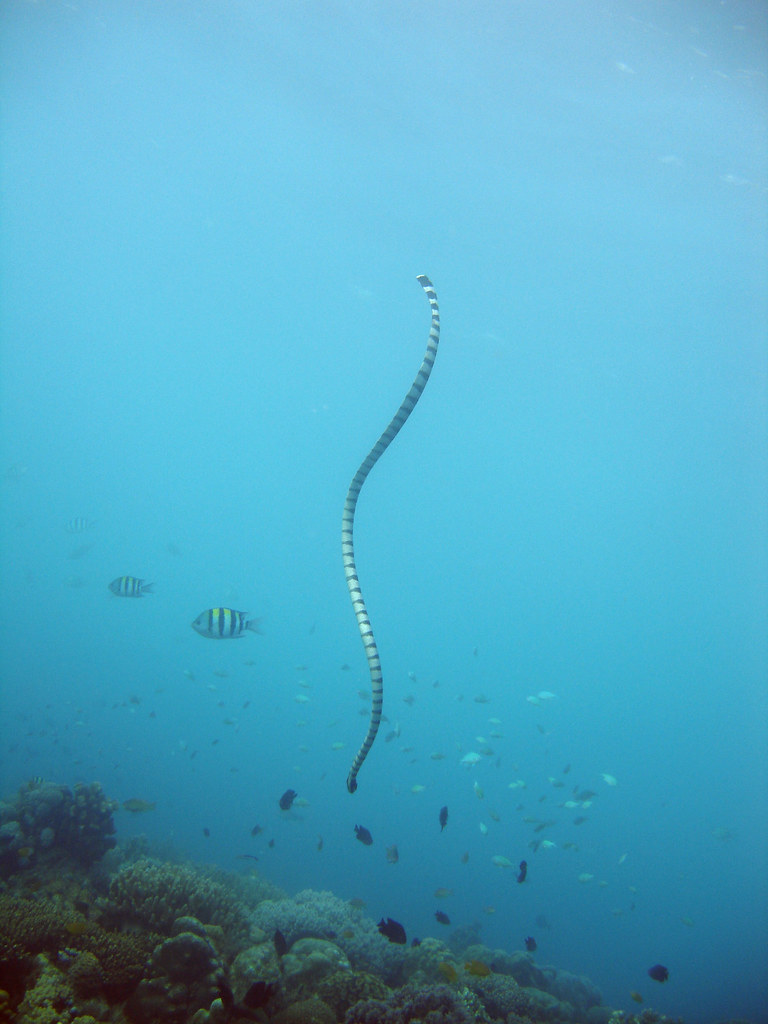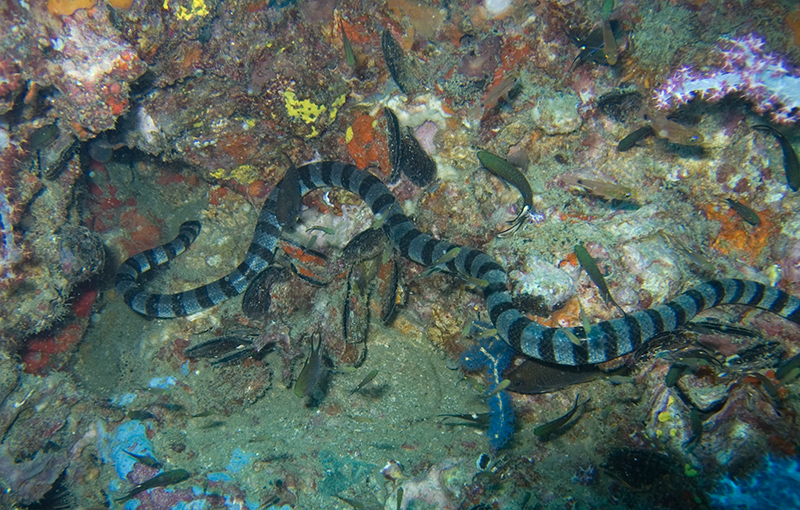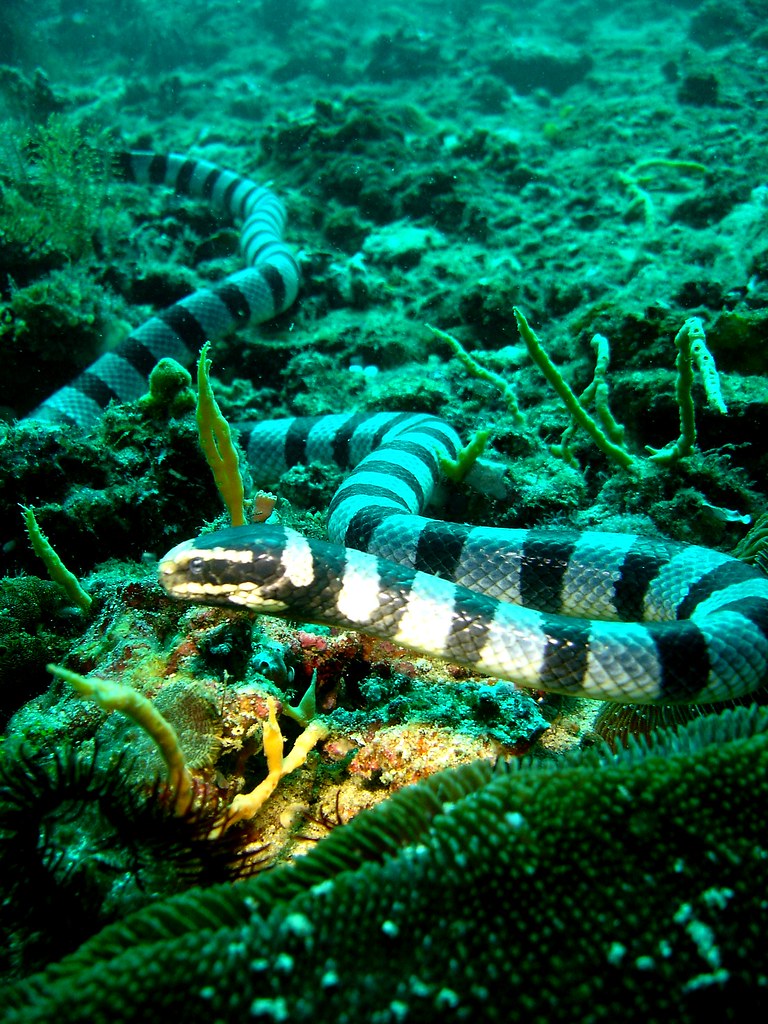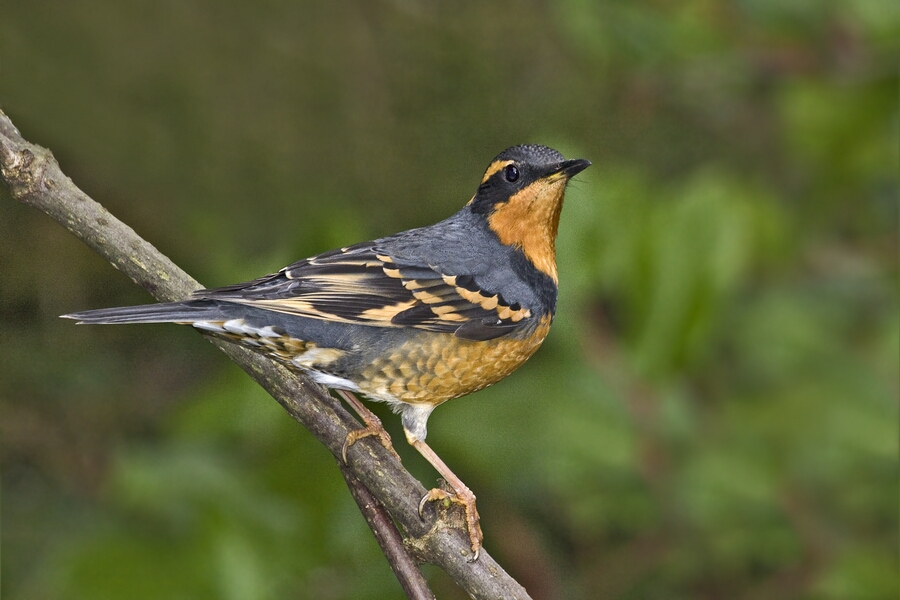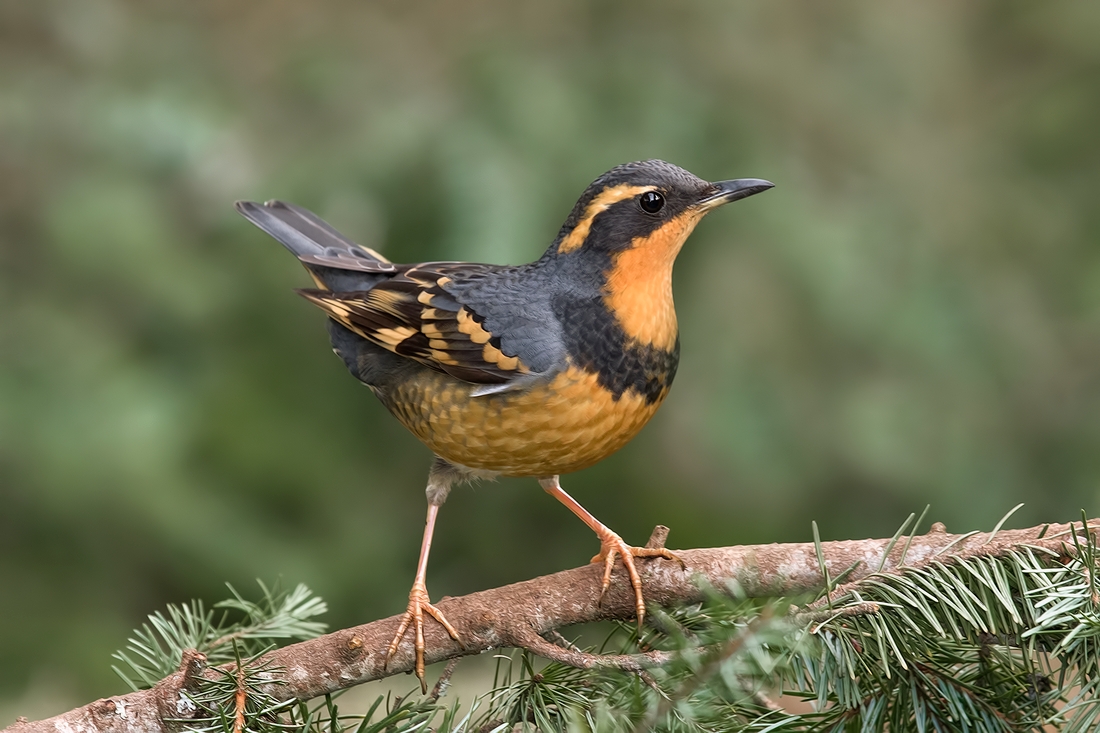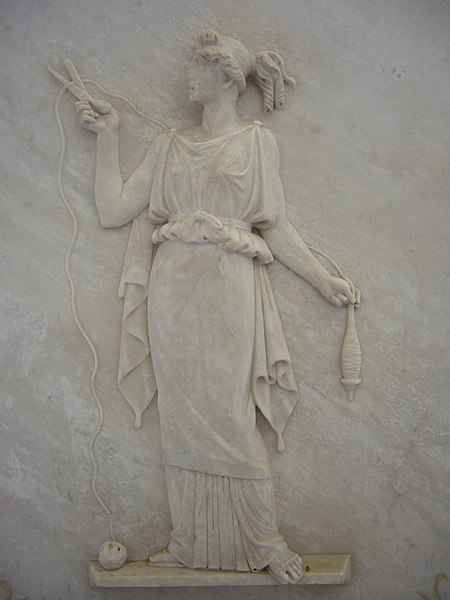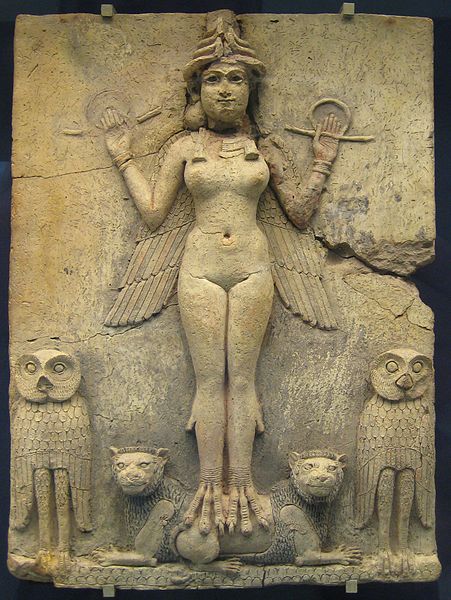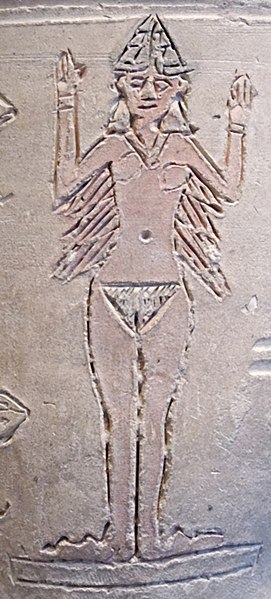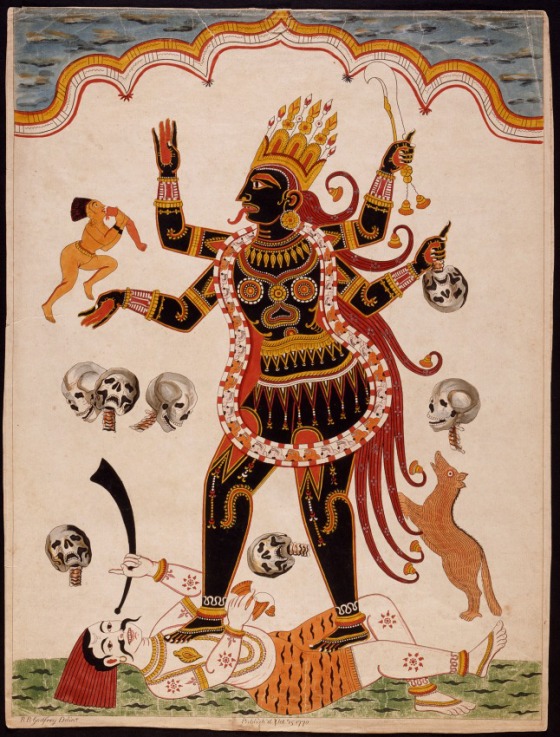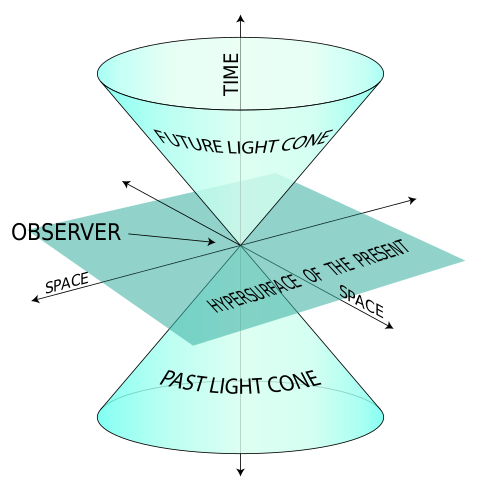Mitate rajōmon / Correspondence of Rajōmon: a man departing, holding a closed umbrella over his right shoulder, looking back at a young woman standing on a veranda, leaning against a post: Suzuki Harunobu (1725?-1770) (Irving H. Olds Collection, Japanese Prints and Drawings, Library of Congress)
Hours before dawn we were woken by the quake.
My house was on a cliff. The thing could take
Bookloads off shelves, break bottles in a row.
Then the long pause and then the bigger shake.
It seemed the best thing to be up and go.
And far too large for my feet to step by.
I hoped that various buildings were brought low.
The heart of standing is you cannot fly.
It seemed quite safe till she got up and dressed.
The guarded tourist makes the guide the test.
Then I said The Garden? Laughing she said No.
Taxi for her and for me healthy rest.
It seemed the best thing to be up and go.
The language problem but you have to try.
Some solid ground for lying could she show?
The heart of standing is you cannot fly.
None of these deaths were her point at all.
The thing was that being woken he would bawl
And finding her not in earshot he would know.
I tried saying Half an Hour to pay this call.
It seemed the best thing to be up and go.
I slept, and blank as that I would yet lie.
Till you have seen what a threat holds below,
The heart of standing is you cannot fly.
Tell me again about Europe and her pains,
Who’s tortured by the drought, who by the rains.
Glut me with floods where only the swine can row
Who cuts his throat and let him count his gains.
It seemed the best thing to be up and go.
A bedshift flight to a Far Eastern sky.
Only the same war on a stronger toe.
The heart of standing is you cannot fly.
Tell me more quickly what I lost by this,
Or tell me with less drama what they miss
Who call no die for a god for a throw,
Who says after two aliens had one kiss
It seemed the best thing to be up and go.
But as to risings, I can tell you why.
It is on contradiction that they grow.
It seemed the best thing to be up and go.
Up was the heartening and the strong reply.
The heart of standing is we cannot fly.
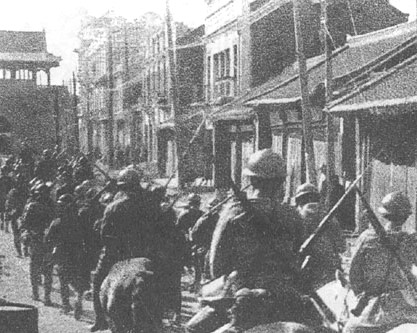
Japanese troops entering Mukden (Shenyang) during the Mukden Incident, aka the Manchurian Incident, a staged event devised by Japanese military as pretext for invading northern China: photographer unknown, September 1931; image by Shizhao, 3 April 2006

Kamaishi Bay, Iwate, Japan, after 1933 Sanriku earthquake and tsunami: photographer unknown, 1933; image by MChew, 28 October 2008 (Iwate Prefectural Government)

Tsuchiyama: travelers travelers crossing a bridge spanning a raging river, during a rain storm near the Tsuchiyama station on the Tōkaidō Road: Andō Hiroshige (1797-1858), from the series: Tōkaidō gojūsantsugi no uchi: 53 stations of the Tōkaidō Road, between 1833 and 1836 (Irving H. Olds Collection, Japanese Prints and Drawings, Library of Congress)

Evening rain at Azuma Shrine: Andō Hiroshige (1797-1858), from the series Eight views in the environs of Edo, between 1827-1840 (Japanese Prints and Drawings, Library of Congress)
William Empson (1906-1984): Aubade, 1933, written in Tokyo, where the poet was at the time professor of English at the National University; first published in an early version (with eight additional lines, personalizing the relationship -- "I do not know what forces made it die" -- and the leavetaking situation, and with "we" in the final line given as "you") in Life and Letters 17, Winter 1937; first published in this version in The Gathering Storm, 1940.
___
Empson's note on line 31:
'The same war' in Tokyo then was the Manchurian incident.
___
When I was in Japan, from 1931 to 1934, it was usual for the old hand in the English colony to warn the young man: don’t you go and marry a Japanese because we’re going to be at war with Japan within ten years; you'll have awful trouble if you marry a Japanese; and this is what the poem is about.
Empson on Aubade, from William Empson in Conversation with Christopher Ricks, in The Review, June 1963
